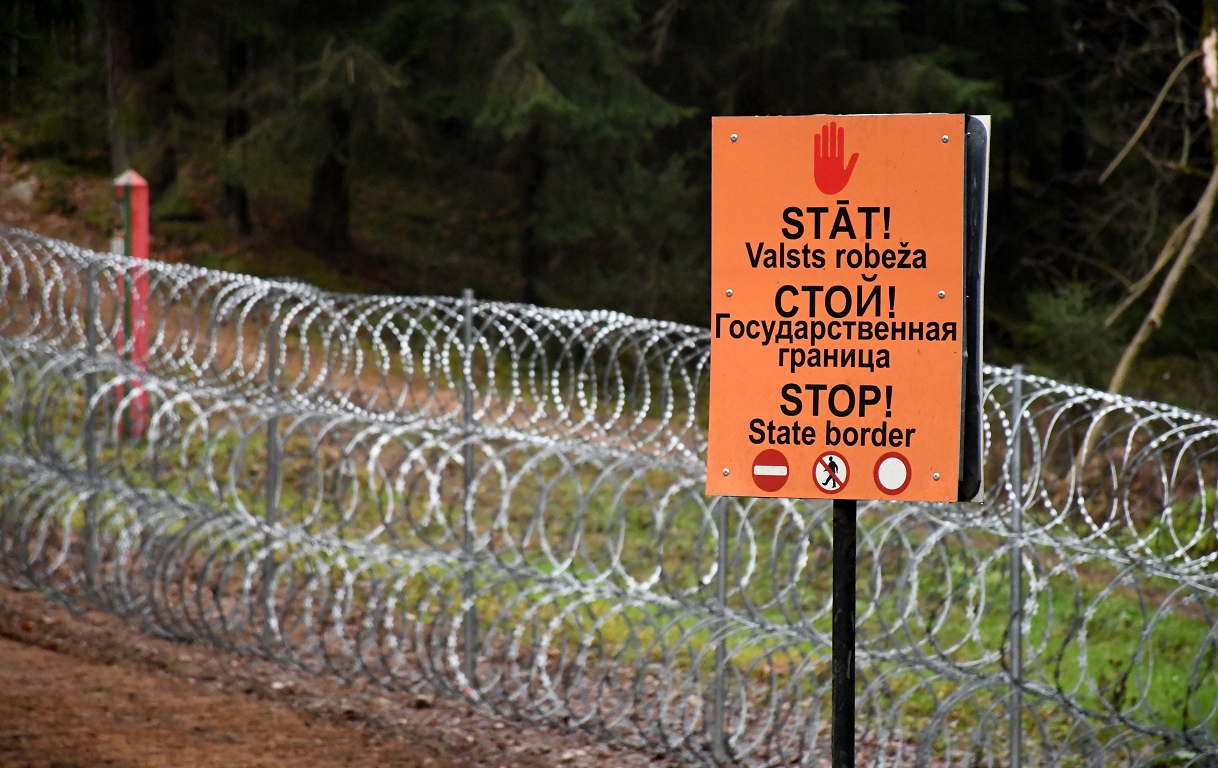Titanic: The last hours of the « unmistakable » ocean

On April 15, 1912, the « unmistakable » oceanian, the legendary « Titanic », collided with an iceberg in the North Atlantic on his maiden trip from Southampton, England to New York. A detailed analysis, through digital scan, revealed new information about the last hours before the ship was sinking.
Of the approximately 2,224 passengers and crew, more than 1,500 died, making it one of the most deadly naval accidents in peace. The shipwreck was discovered in 1985 by Robert Ballard at a depth of about 3,800 meters. Since then, it has been the subject of research, documentary and, of course, James Cameron’s famous film in 1997.
Modern mapping methods have managed to get into a different way of studying the ship and extract important information for the last hours before it was sinking to 3,800 meters below the surface of the Atlantic Ocean.
What happened after the iceberg impact
The digital scanning came as part of a new documentary by National Geographic and Atlantic Productions entitled « Titanic: The Digital Resurrection ». The 3D replica studied confirms reports of what happened after the iceberg impact that tore 269 meters of « immense » oceanine. Digital scanning provides a new image to one of the boilers on the ship, confirming survivors’ testimonies that engineers were working until the last minute to keep the ship’s lights on.
Based on the data exported, a slight change in the direction of the ship « could have protected it from sinking », according to Atlantic Productions, Anthony Geffen. The three -dimensional scans are going to be transformed into a stunning experience by the beginning of next year, he said, having participated in the dive mission to the wreck.
A computational simulation showed that the holes in the ship’s hull, about one A4 sheet, led to its destruction. The wreck, located in the frozen waters of the Atlantic, was mapped using underwater robots.
The lit lights and the heroic attempt to fall dark
The « Magellan » deep water mapping company pulled 715,000 digital images of the shipwreck at a depth of 3.8 kilometers below sea level, during a three -week mission in 2022. The three -dimensional scanner created the most precise model of the world, years.
Geffen told The National that the new film « rewrites » the story of the ship and would « give a solution » to unsolved questions. Scattered fragments reveal that the ship was dissolved along a narrow portion of the iceberg. « If they had driven it straight to the iceberg, it would not have sank, » he told The National.
The experts also solved the mystery of how the lights stayed on for several hours. This is due to a group of engineers led by Joseph Bell, who were left behind to shovel charcoal on the furnaces to keep the lights on. Everyone died in the disaster, but their heroic acts saved many lives, said Parks Stephenson, a wreck analyst. « The lights and current have been maintained until the end, to give the crew time to throw the lifeboats safely with some light instead of absolute darkness, » he told the BBC.
The influx of waters
A new simulation also provides further sinking information. It uses a detailed building block of the ship, created by the Titanic plans, as well as information on its speed, direction and location, to predict the damage caused during the iceberg.
« We used advanced arithmetic algorithms, computational models and overseas capabilities to represent the sinking of the Titanic, » said Professor Jeom-Kee Paik of University College, London, who led the research. The simulation shows that, as the ship only made a fleeting hit on the iceberg.
The simulation estimates that the damage was distributed to six apartments. « The difference between sinking and non -sinking of the Titanic lies in the holes in the size of an A4 paper, » said Simon Benson, Deputy Lecturer of Naval Architecture at Newcastle University. « The problem is that these small holes are in a long length of the ship, so the flood water comes slowly but steadily in all these holes and eventually the apartments are flooded above and the Titanic sinks, » he explained.
Unfortunately, the damage does not appear in the scan, as the lower part of the bow is hidden under the sediments.
It will take years…
The personal belongings of the ship’s passengers are scattered at the bottom of the sea. The scan provides new elements for that cold night of 1912 but experts will take years to fully examine every detail of the 3D copy.










